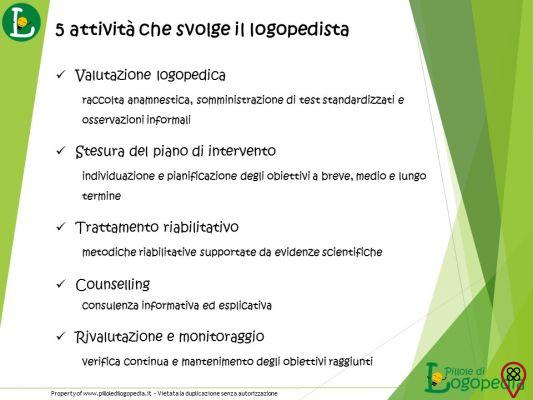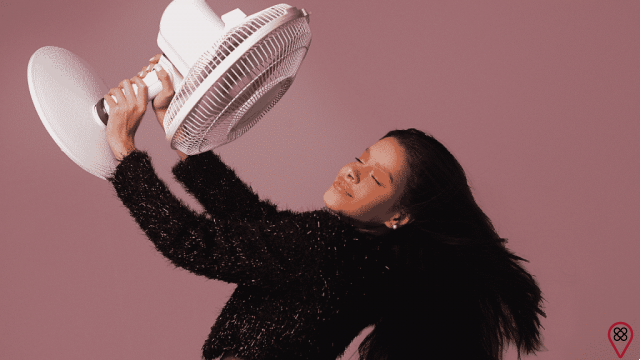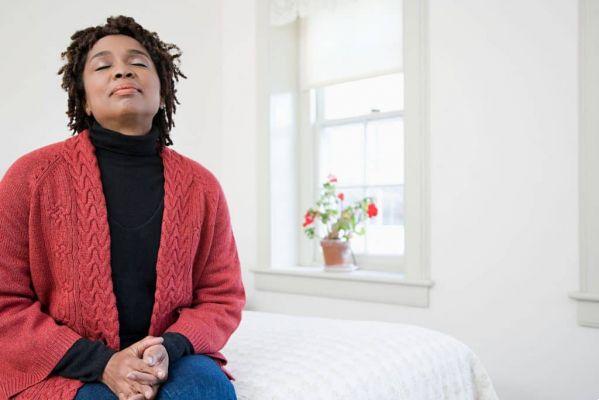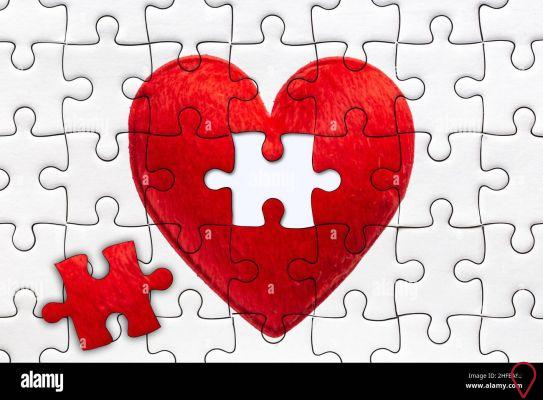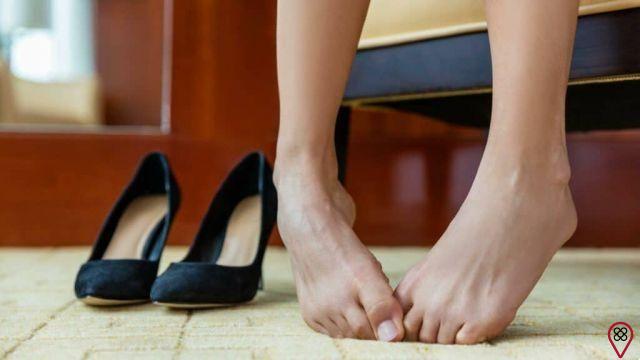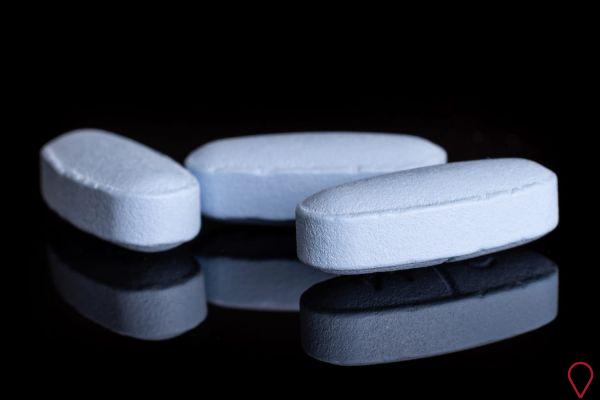
You probably know someone who has trouble sleeping or who has anxiety. In these cases, it is common to opt for the use of anxiolytics. Anxiolytics are drugs widely used around the world, well-tested for decades of use in millions of people and generally considered to be effective and safe.
In fact, the search for information about anxiolytics increased by more than 100% during the pandemic. This was shown by a survey by the Consulta Remédios platform released in June 2021. For this finding, the analysis was carried out between August 2019 and February 2020 (before the arrival of the new coronavirus), compared to the interval between August 2020 and February 2021 (before the arrival of the new coronavirus). XNUMX to February XNUMX.
In this article, we will see what an anxiolytic is, in the context of what therapies it is prescribed, what consequences it can have on the psychological tension and quality of life of those who take it, and why it is important to respect the doctor's instructions on dosage, schedules and methods of use.
What is anxiolytic?
Anxiolytics, also called tranquilizers, are active ingredients that are prescribed primarily to prevent seizures and alleviate symptoms of anxiety and distress, and on occasion also for symptoms caused by mood disorders.
While there are several types of anxiolytics, some of them produce a sedative effect, so they are sometimes also given as sleep aids. Some of the most well-known anxiolytics are Lorazepam and Diazepam.
These substances work as a depressant of the nervous system, reducing functions and rhythm, being related to the spinal cord and cerebrum, cerebellum and brain stem. Taking this into account, it should be noted that the consumption of anxiolytics reduces anxiety, but also other essential functions in the body, such as coordinating movements or reacting to certain stimuli.
When to take anxiolytics?
Anxiolytics are very popular drugs in the Western world and are most commonly used in the treatment of the following pathologies:
- Generalized anxiety disorder;
- Panic attacks, with or without agoraphobia;
- Specific phobias (such as arachnophobia or social phobia)
- Obsessive-compulsive disorder;
- Posttraumatic stress disorder;
But it is important to note that they can only be taken with a doctor's prescription.
Anxiolytic effects
In the presence of anxiety, stress, fatigue in controlling or managing normal daily activities with feelings of oppression, confusion, difficulty sleeping and irritability, the first reaction is often aimed at reducing symptoms and therefore looking for something that can reduce the condition. voltage and activation. Therefore, the administration of anxiolytics becomes one of the most used solutions and sought after by the individuals themselves, but it must be prescribed by a doctor.
The ingestion of these drugs is functional in restoring an optimal state of functioning, improving the quality of sleep and energy recovery, reducing the state of activation and alertness both physically and cognitively, improving the quality of life of individuals who experience discomfort or experience moments complexes.
They are among the most prescribed drugs, but often little associated with a real control of side effects in the patient and with various supports, such as psychological support.
In fact, in addition to acting on the symptom, it allows the individual to acquire tools and strategies to reduce activation and control the triggering cause, dysfunctional thoughts and behaviors and, therefore, improve the quality of life, leading, over time, to drug reduction and elimination.
Collateral effects
Anxiolytics can cause a number of side effects, even if taken in the prescribed doses and methods. These often include: mental confusion, drowsiness, amnesia, fatigue, excessive sedation, changes in the sleep-wake cycle, decline in cognitive and physical performance.
If taken in large doses, anxiolytics can even lead to transient psychotic crises, characterized by delusions and hallucinations of various types (auditory, visual, or olfactory).
Psychophysical dependence, which can lead to withdrawal and dependence symptoms, is among the undesirable effects resulting from the use of this particular class of drugs.
To avoid the appearance of any side effects, the administration of anxiolytics must be evaluated based on the patient's clinical history, as well as the dosage and possible suspension of treatment, which must always be gradual and under strict medical supervision, in order to avoid a possible withdrawal crisis or the so-called “withdrawal syndrome”.
In rare cases, quite serious side effects can occur, such as:
- Paralisia do sono;
- Mood swings;
- Abnormal behaviors;
- Suicidal thoughts;
- Worsening of depressive states;
- Urticaria and exfoliative dermatitis.
Do Anxiolytics Cure Anxiety?
The consumption of anxiolytics generates a great debate about whether it is a curative treatment or not. The reality is that they do not cure anxiety disorder.
They only relieve symptoms or even eliminate them, but only temporarily, while the effects of the drug are maintained. In no case can an anxiolytic be expected to end a problem that generates anxiety or know when it needs to take effect.
Given this, it can be said that anxiolytics are effective, but temporary. They are sometimes prescribed for a patient to take control of their symptoms in the face of a situation, helping to unlock the mind in cases where anxiety can act as a barrier.
But once you learn to manage the situation and control the anxiety, the medications are withdrawn because they are no longer needed.
Most used anxiolytics
As explained, anxiolytics are used to control anxiety and insomnia. In general, they are psychoactive drugs that act on the brain and spinal cord. However, depending on the effects they generate, we can distinguish the following types:
The main classes of anxiolytic drugs are:
- Benzodiazepines;
- Non-benzodiazepine GABAergics;
- Azapironi;
- SSRI antidepressants (selective serotonin reuptake inhibitors).
The active principles belonging to the first two groups (benzodiazepines, non-benzodiazepines GABAergics) all act, although slightly differently, by binding to the receptors of gamma-aminobutyric acid (GABA), a neurotransmitter that has the function of decreasing the level of activity. of nerve cells — enhancing their inhibitory action.
Substances belonging to the other two groups (azapirones and SSRI antidepressants) interfere with another neurotransmitter system: serotonin.
The most used anxiolytic drugs are benzodiazepines (Tavor, Xanax, Rivotril, Valium, Ansiolin, Lexotan, Prazene, Control, Lorans, etc.).
There are also some benzodiazepine derivatives (Dalmadorm, Felison, Halcion, Minias, Roipnol, etc.) and other drugs that, despite having a different composition from benzodiazepines, have a sedative effect (Nottem, Stilnox, Buspar, etc.).
In any case, remember that it is important to go to a professional to adapt the type of treatment best suited to the needs and discomforts of each person.
Natural and herbal anxiolytics
When anxiety and/or insomnia disorders are mild and you do not want to immediately resort to pharmacological treatment, you can try to take advantage of the calming properties of some plants and plant extracts, which have been used for decades in popular tradition and natural medicine.
Among the herbal remedies useful to combat anxiety and insomnia (with varying effectiveness from person to person), we can include extracts of: passionflower (Passiflora incarnata), valerian (Valeriana officinalis), escolzia (Eschscholtzia californica), lemon balm (Melissa officinalis).
Your pharmacist will be able to indicate the most suitable for each individual case and the correct administration methods, depending on the formulations (tablets, drops, sachets or infusion preparations).
Taking these natural remedies in the form of teas and infusions can be particularly effective if the time of their preparation is structured as a kind of “ritual” in which, through simple and slow gestures that interrupt the routine, time and attention are devoted to themselves, creating a space for reflection and relaxation.
Peaceful, soothing background music can further facilitate the removal of negative thoughts and psychological tensions, amplifying the anti-anxiety and calming effect of the plant's active ingredients.
You may also like
- Discover 3 steps to relax, regardless of location
- Understand the true meaning of meditation
- Check out how to train your brain to sleep in 1 minute
- The art of managing your own time
- Technology: a love-hate affair
Finally, it would be useful to associate psychological therapy with pharmacological therapy, especially in the most severe cases of anxiety and stress disorder, in order to act on several fronts and help the individual to reach a level of autonomy and effectiveness in the control of activation, improve well-being and quality of life and reduce drug dependence.



